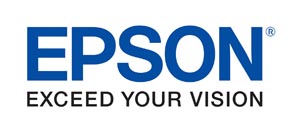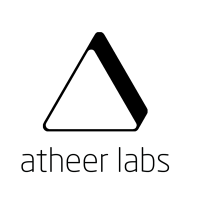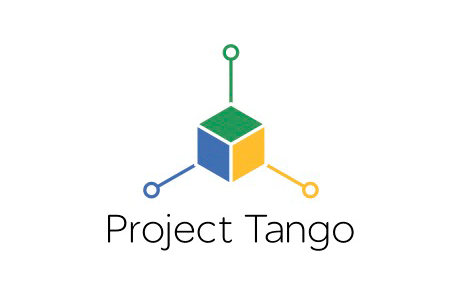To do that, thousands of people have been working around the world — and off of it — for 50 years, trying to answer some basic questions. What’s out there in space? How do we get there? What will we find? What can we learn there, or learn just by trying to get there, that will make life better here on Earth?
NASA conducts its work in four principal organizations, called mission directorates:
- Aeronautics: works to solve the challenges that still exist in our nation’s air transportation system: air traffic congestion, safety and environmental impacts.
- Human Exploration and Operations: focuses on International Space Station operations, development of commercial spaceflight opportunities and human exploration beyond low Earth orbit.
- Science: explores the Earth, solar system and universe beyond; charts the best route of discovery; and reaps the benefits of Earth and space exploration for society.
- Space Technology: rapidly develops, demonstrates, and infuses revolutionary, high-payoff technologies, expanding the boundaries of the aerospace enterprise.
Two years after the end of the space shuttle program, NASA has a robust program of exploration, technology development and scientific research that will last for years to come. Here is what’s next for NASA:
- NASA is designing and building the capabilities to send humans to explore beyond Earth orbit, working toward a goal of landing humans on Mars.
- The International Space Station is fully staffed with a crew of six, and American astronauts will continue to live and work there in space 24 hours a day, 365 days a year. Part of the U.S. portion of the station has been designated as a national laboratory, and NASA is committed to using this unique resource for scientific research.
- Commercial companies have begun delivering cargo to the ISS, allowing NASA to focus its attention on the next steps into our solar system.
- NASA is researching ways to design and build aircraft that are safer, more fuel-efficient, quieter, and environmentally responsible. NASA is also part of the government team that is working to develop the Next Generation Air Transportation System, or NextGen, to be in place by the year 2025.
- NASA is conducting an unprecedented array of science missions that will seek new knowledge and understanding of Earth, the solar system and the universe.




























